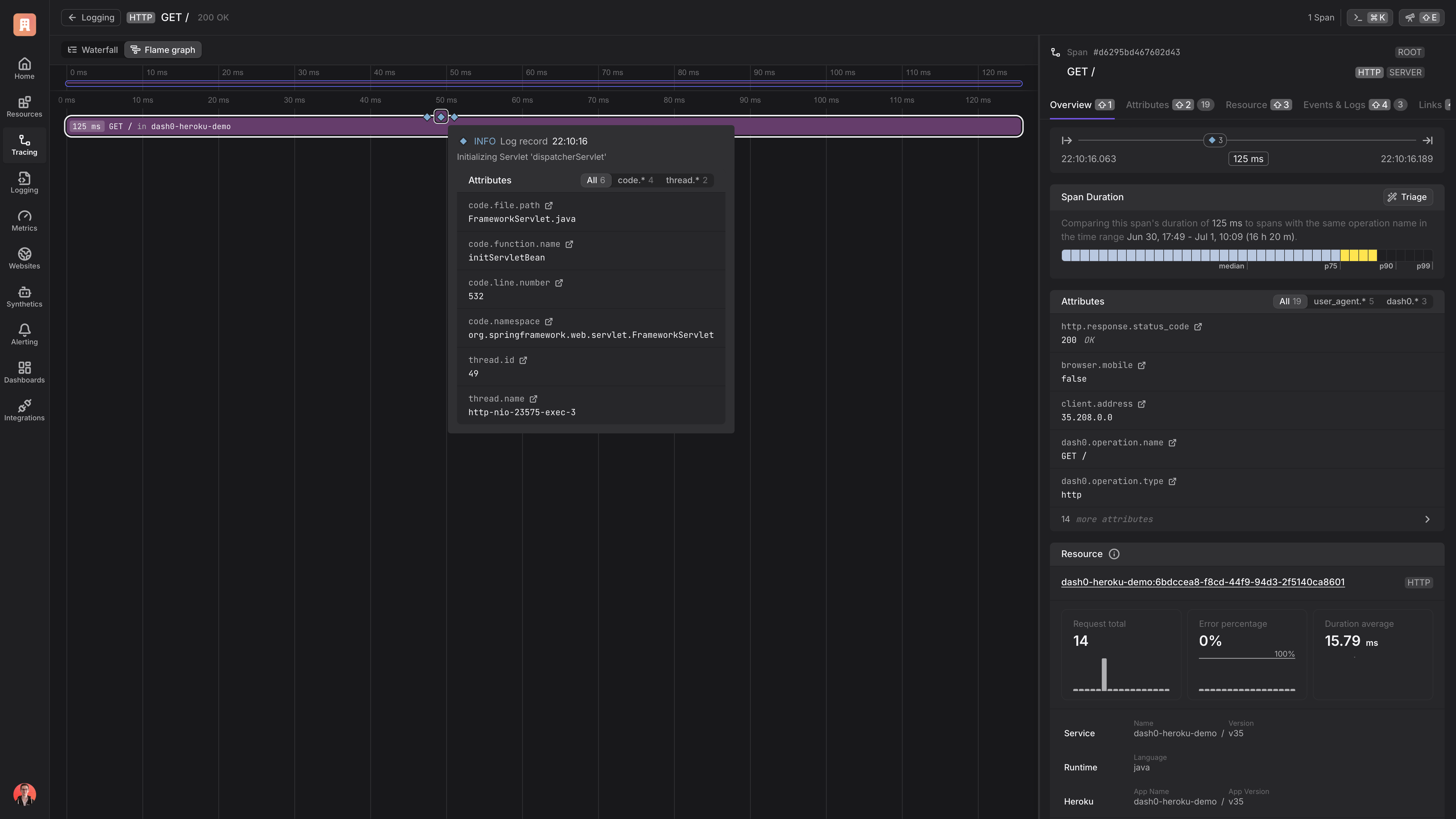
Evidence for an evolutionary continuity in social dominance: Insights from non-human primates tractography
The dynamics of social dominance play a significant role in regulating access to resources and influencing reproductive success and survival in non-human primates. These dynamics are based on aggressive and submissive interactions which create distinct, hierarchically organised social structures. In humans, whose social behaviour is similarly organised, the use of brain imaging based on tractography has identified key neuronal networks of the limbic system underlying social behaviour. Among them, the uncinate fasciculus and the cingulum bundle, have been associated with aggression and some disorders such as psychopathy.
In this study, we have used advanced tractography to study the anatomy of connections underlying social dominance in a colony of 15 female squirrel monkeys (Saimiri sciureus). We correlated biostructural properties of the uncinate fasciculus and cingulum with behavioural hierarchy measures while controlling for factors such as age, weight, handedness, brain size, and hormonal influences. The fornix, a limbic connection involved in memory, was also included as control tract. Our findings indicate a significant correlation between the integrity of the right uncinate fasciculus and social dominance measures, including normalised David’s scores, aggressive behaviours, and submissive behaviours. Trends observed in the left uncinate fasciculus hint at potential bilateral involvement with a right hemispheric lateralisation. These results are consistent with human studies linking the uncinate fasciculus to social aggression and disorders, suggesting an evolutionary continuity in the neuro-anatomical substrates of social dominance back to at least 35 million years
Significance Statement In non-human primates, social dominance determines resource access and impacts survival and reproduction. In this study, we used advanced tractography to study the anatomy of connections related to social dominance focusing on limbic regions such as the uncinate fasciculus and cingulum. We found a strong correlation between the integrity of the right uncinate fasciculus and social dominance measures including hierarchy, aggressive and submissive behaviours. These results suggest an evolutionary continuity in the neuro-anatomical substrates of social dominance back to at least 35 million years.













